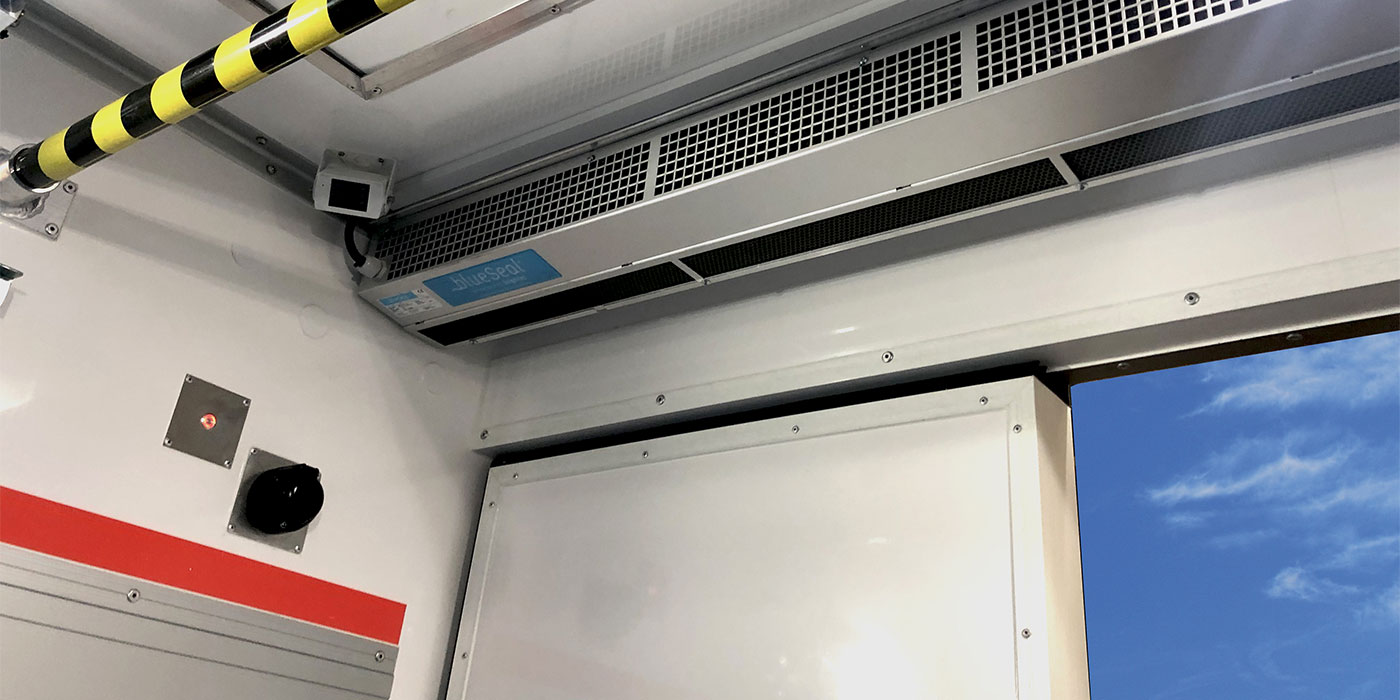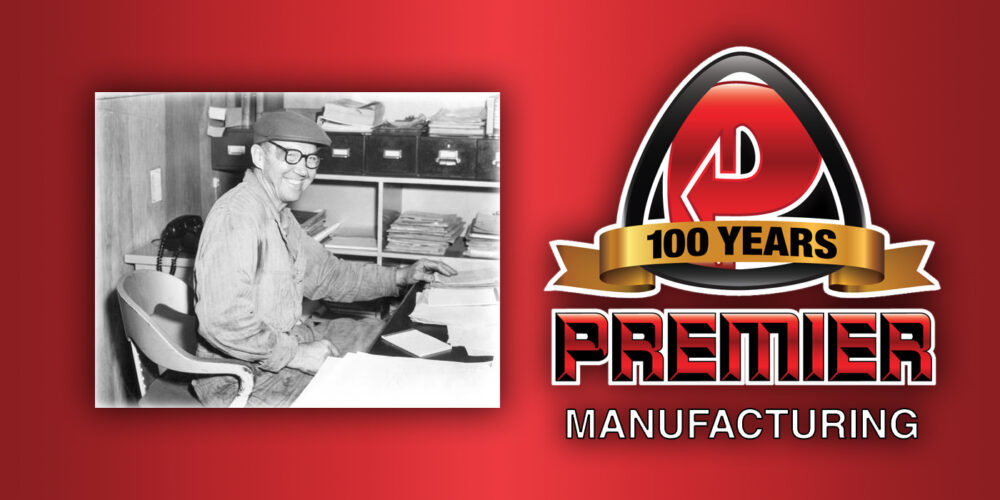Today’s heavy-duty diesel engines are fine-tuned, highly engineered power plants. They’re churning out more power at lower RPMs and using advanced lubrication technology. Manufacturer recommended oil drain intervals (ODI) are equally engineered to provide the best performance, and they’re aggressive. Check out the latest oil drain interval recommendations:
- Cummins: When operating in the average 5.5 to 6.5 MPG range, the Cummins X15 engines have the following recommended ODIs: X15 Efficiency: 35,000 miles; X15 Performance: 35,000 miles. When operating in the average 6 to 6.9 MPG range, the Cummins X12 engine has a recommended ODI of 50,000 miles.
- Detroit DD13: Change the oil and filter every 35,000 miles. Recommendation is based on using Detroit’s lube oil and oil analysis program. Long-haul is more than 60,000 annual miles and a vehicle that averages between 6 and 6.9 MPG. Efficient Long-Haul is more than 60,000 annual miles and a vehicle that averages greater than 7 MPG.
- International’s A26 engine: Replace the engine oil and oil filter up to 70,000 miles with oil sampling and International Truck approval. The recommendations are: for trucks operating at greater than 6.5 MPG: 50,000 miles. For trucks operating at 5.5 to 6.5 MPG: 35,000 miles. For trucks operating at less than 5.5 MPG: 20,000 miles, every six months, or 500 hours.
- Volvo Trucks North America D11 and D13 engines: The recommended oil drain interval is 60,000 miles using Volvo Premium VDS4.5 oil, SAE 10W30.
Yet, fleets still look at the possibility of extending oil drain intervals. If you’re thinking about it, the biggest piece of advice is: Don’t go it alone. Talk with both your engine manufacturer and oil supplier to formulate your specific drain interval strategy.
In discussing oil drain intervals during a recent Fleet Equipment webinar, Mark Betner, heavy-duty sales manager for Citgo, said that it could be done, but cautioned fleets and stressed that tinkering with your oil drain interval can severely impact the performance and health of your engines.
“Always know your engine manufacturer recommendations for your make and model of engine,” Betner elaborated. “Engine manufacturers take into consideration a variety of factors when recommending oil change intervals. You want to make sure your engine warranty and engine durability are not jeopardized by your oil drain interval practices.”
Betner outlined several factors that should be considered before starting down the extending oil drain interval road: fuel consumption; operating conditions (including loads, engine idle time, operating environment and temperatures); quality of engine maintenance practices; oil quality; oil filter quality; and oil analysis reports as an oil condition evaluation tool.
Just as the latest oil formulations—such as API FA-4 oils—can help improve fuel economy, your oil drain interval practices can also impact fuel consumption. (Quick note for those keeping fuel economy gains score: Based on controlled testing and real-world observations fuel economy gains of 1% to 2% can be expected with a change to a 10W-30 FA-4 oil from a traditional 15W-40 product.)
“Fuel consumption is a good indicator of how hard the engine is working and, ultimately, how that workload may impact the oil’s ability to provide engine protection over the scheduled oil change interval,” Betner said. “The greater the workload and fuel consumption, the greater the stress on the engine oil and tendency to break down the oil.”
The best indicator of oil quality in your engine is seen through an oil analysis report, which records viscosity—the most important oil physical property, according to Betner—contaminants such as fuel dilution, soot, dirt, silicon and coolant contamination. All of these oil contaminants can accelerate engine wear, damage the engine or even result in engine failure. The oil analysis report can also list key engine wear metals and, if the oil analysis program is properly scheduled, can show wear trends for various engine makes, models and operating conditions that can support the engine oil interval and possibly indicate an impending engine problem.
For more in-depth oil drain interval info, you can view our webinar with Citgo’s Mark Betner on-demand here.














